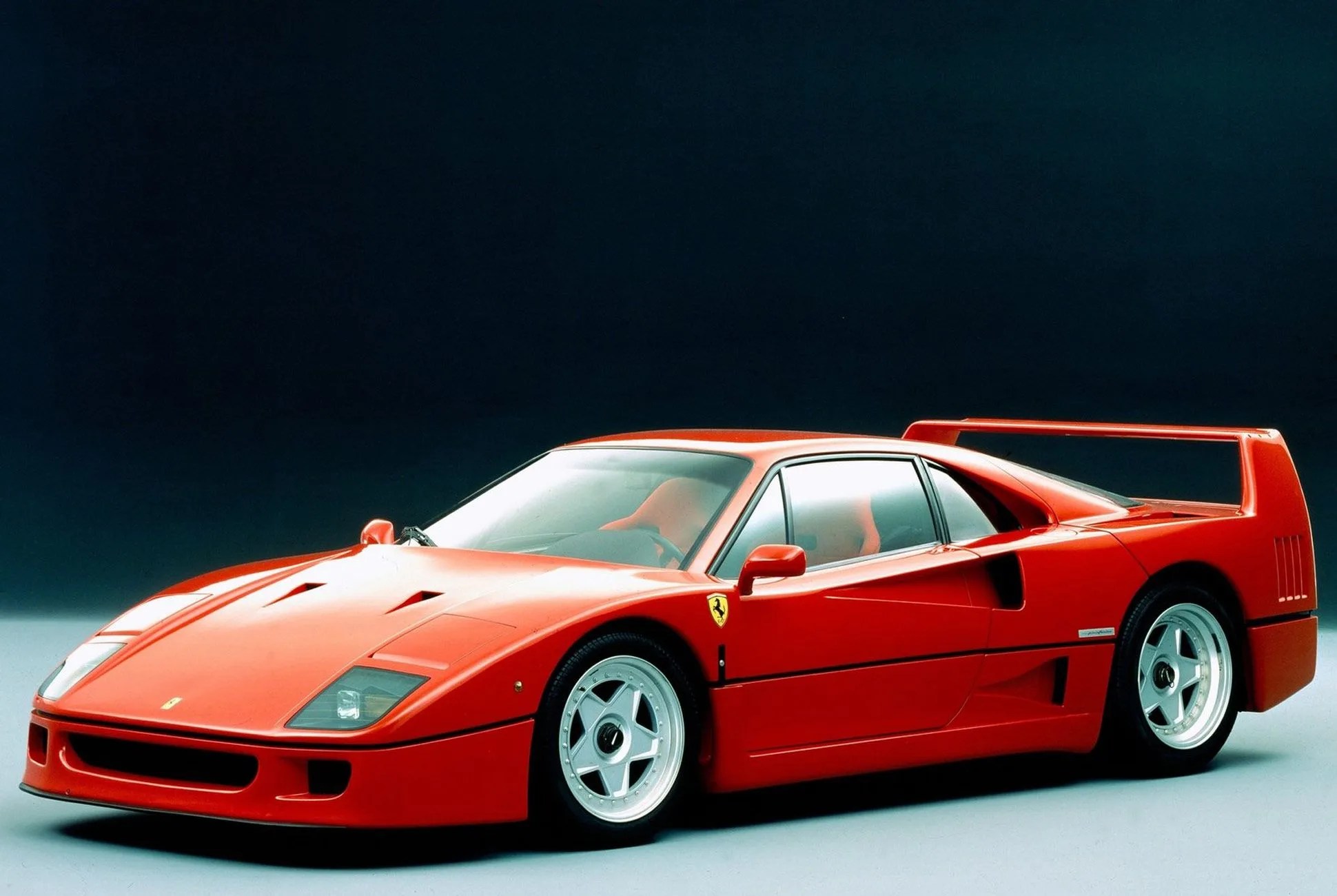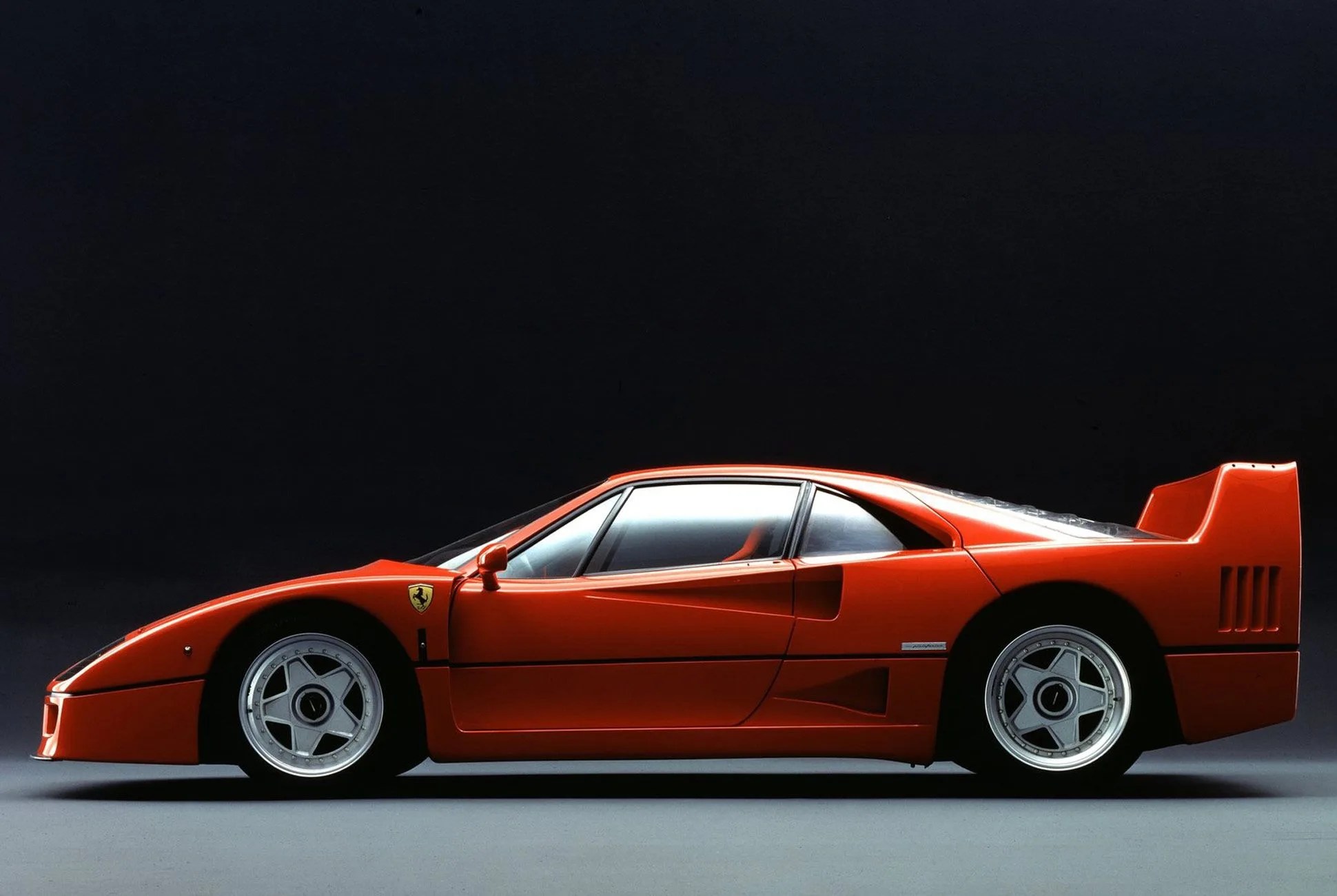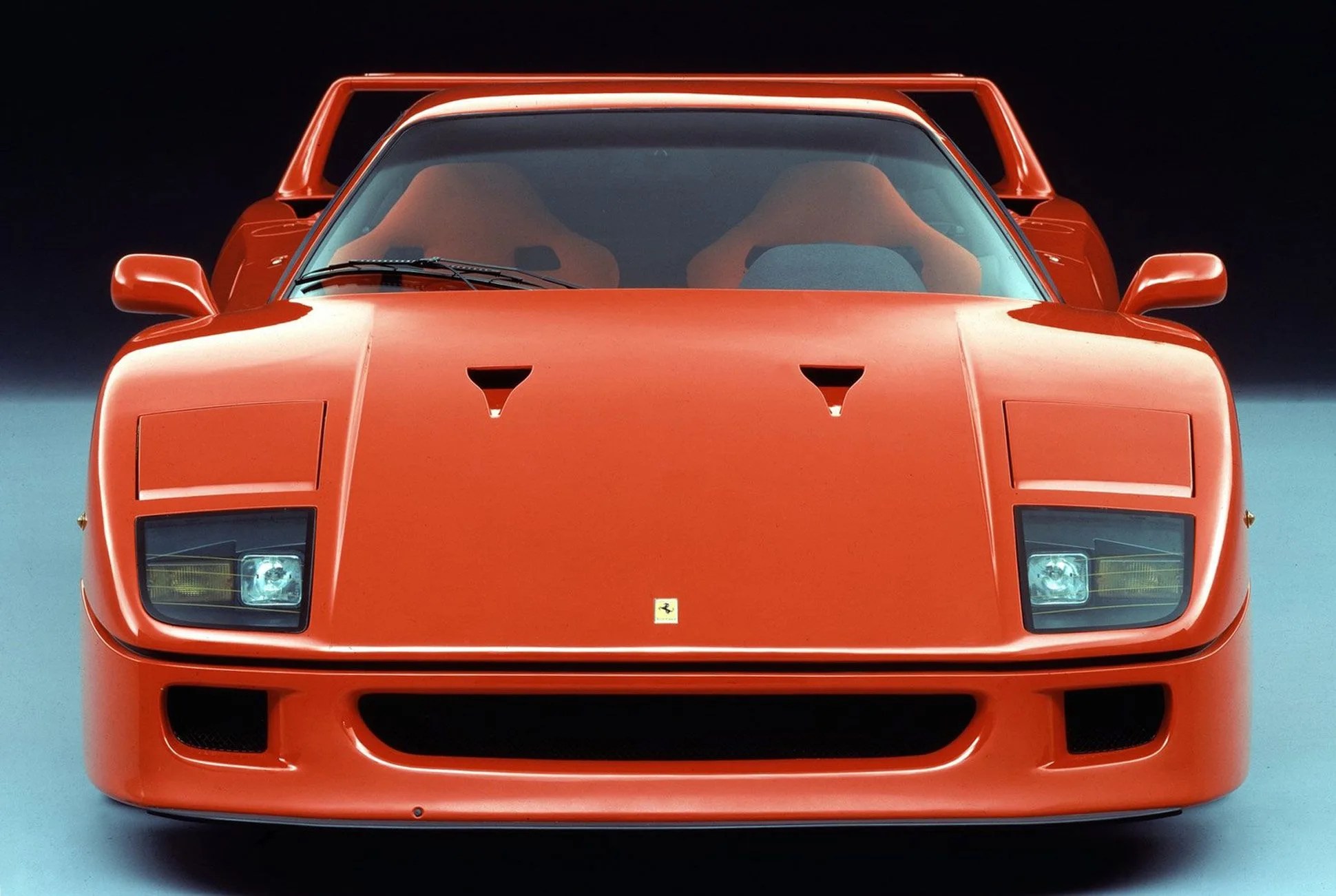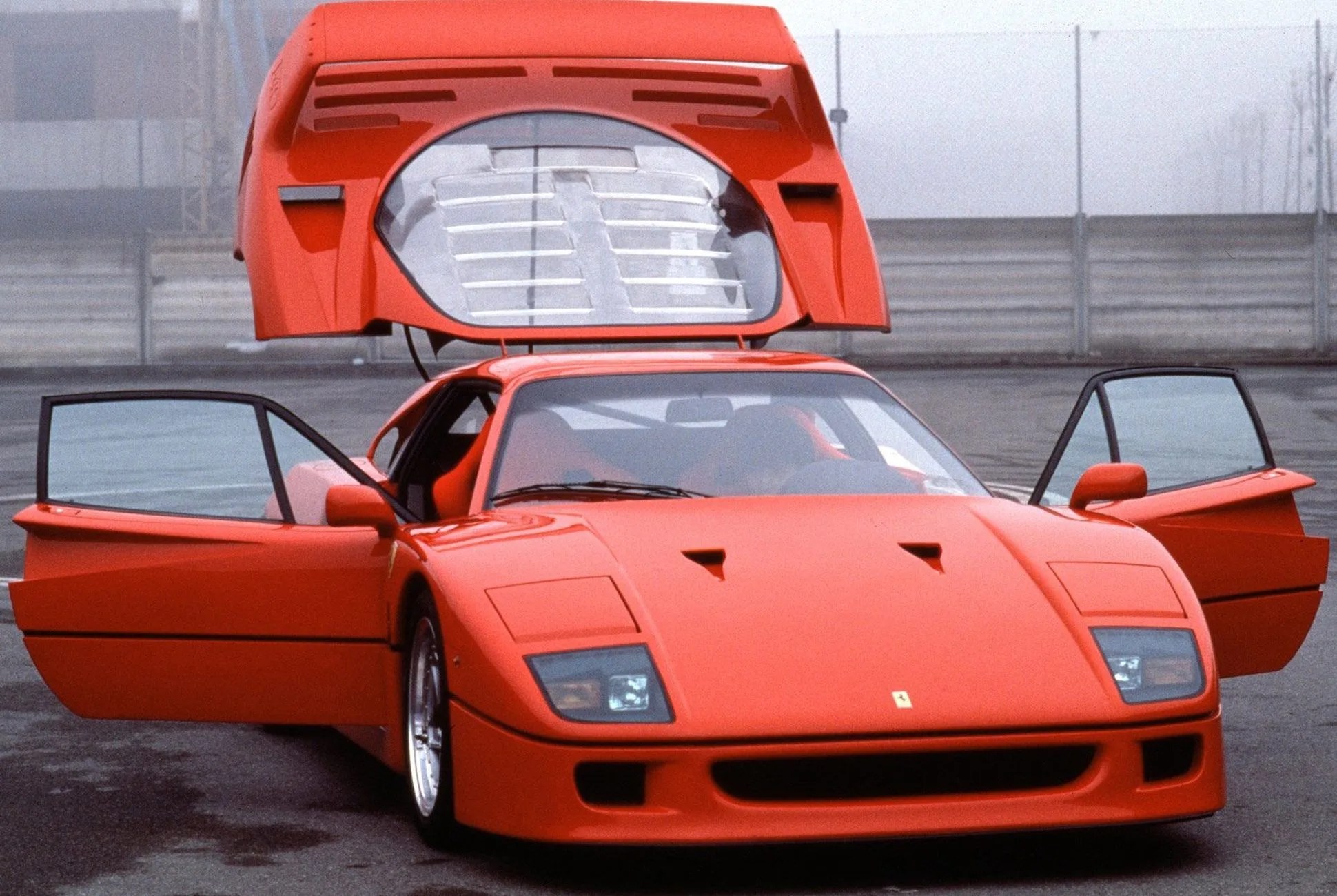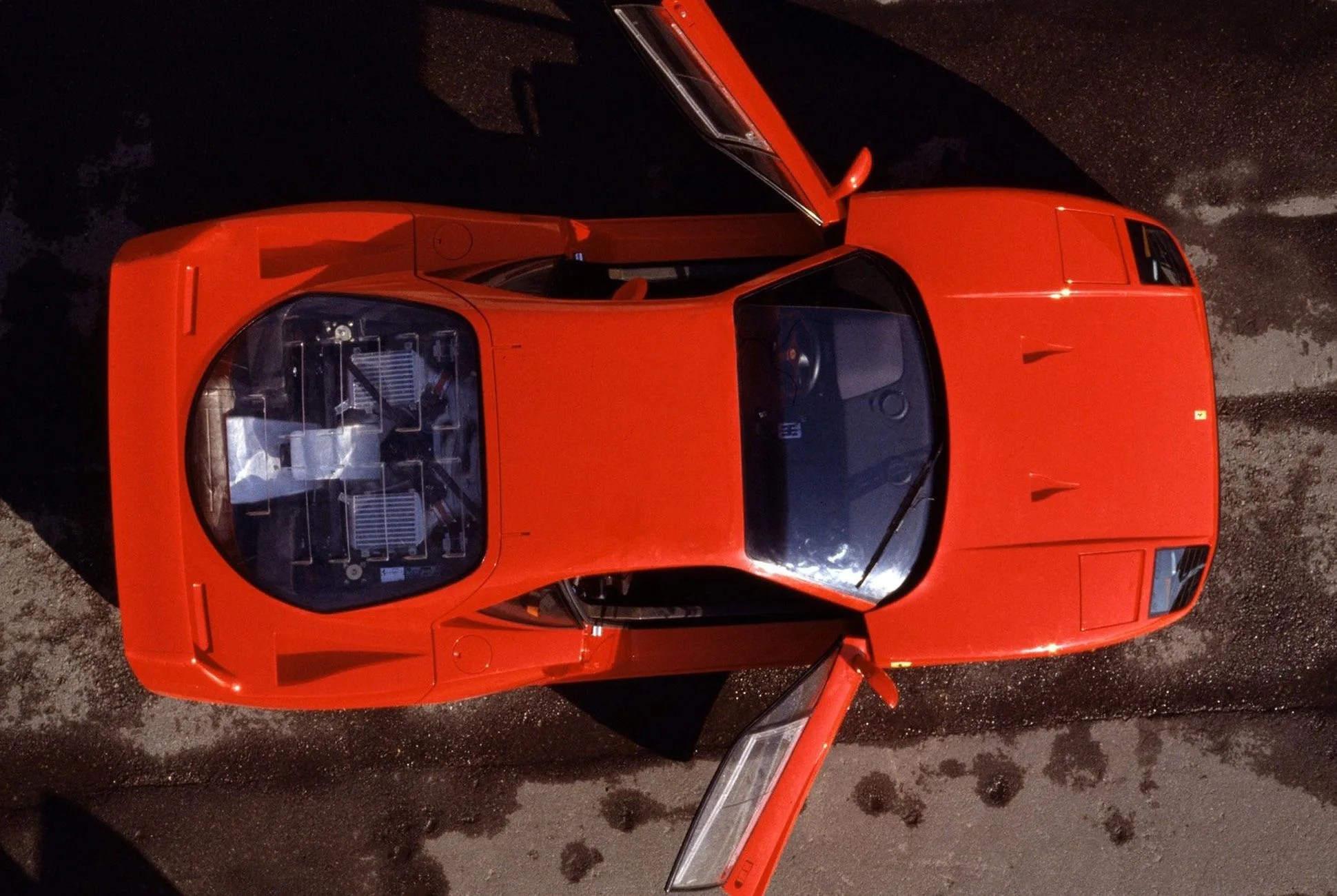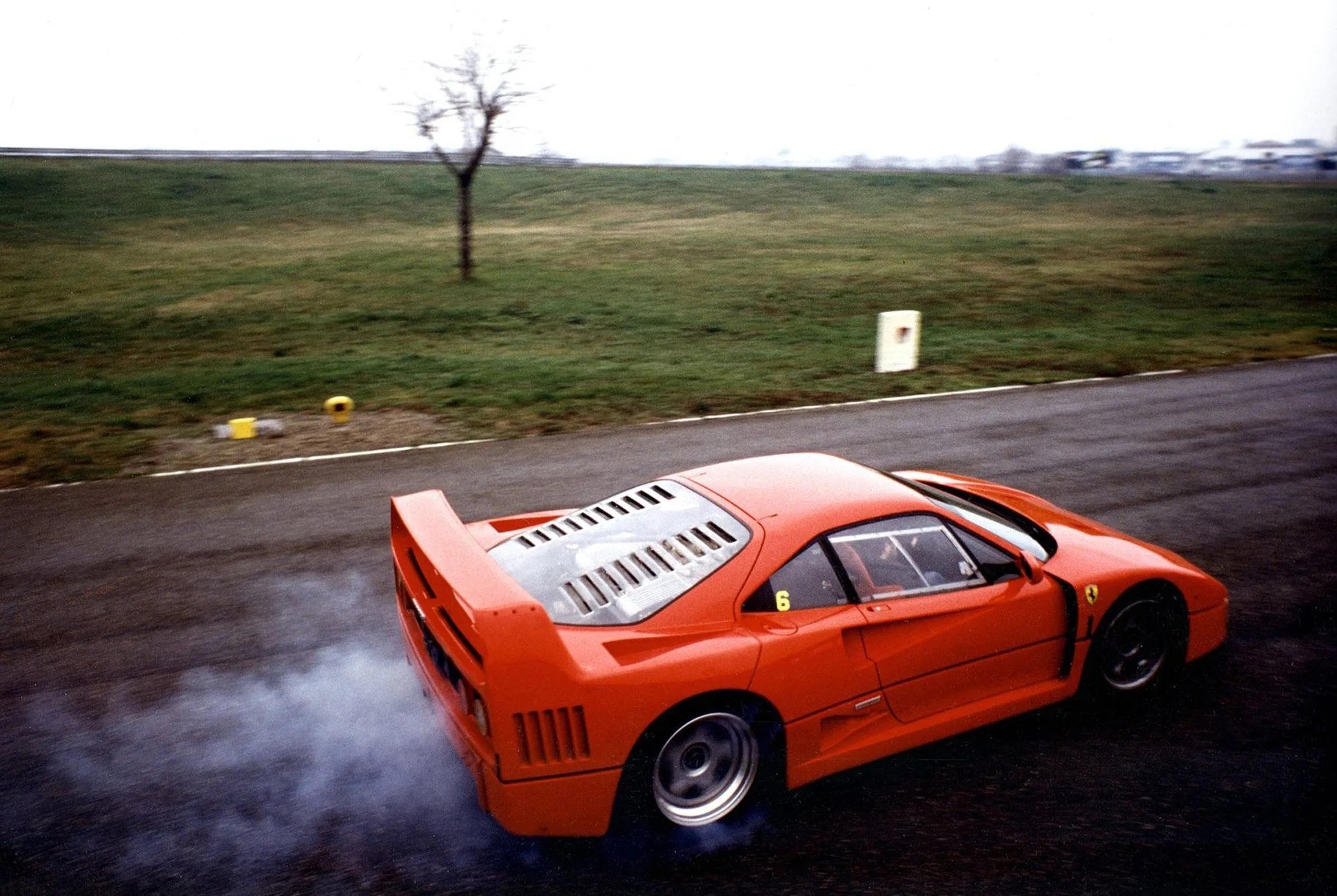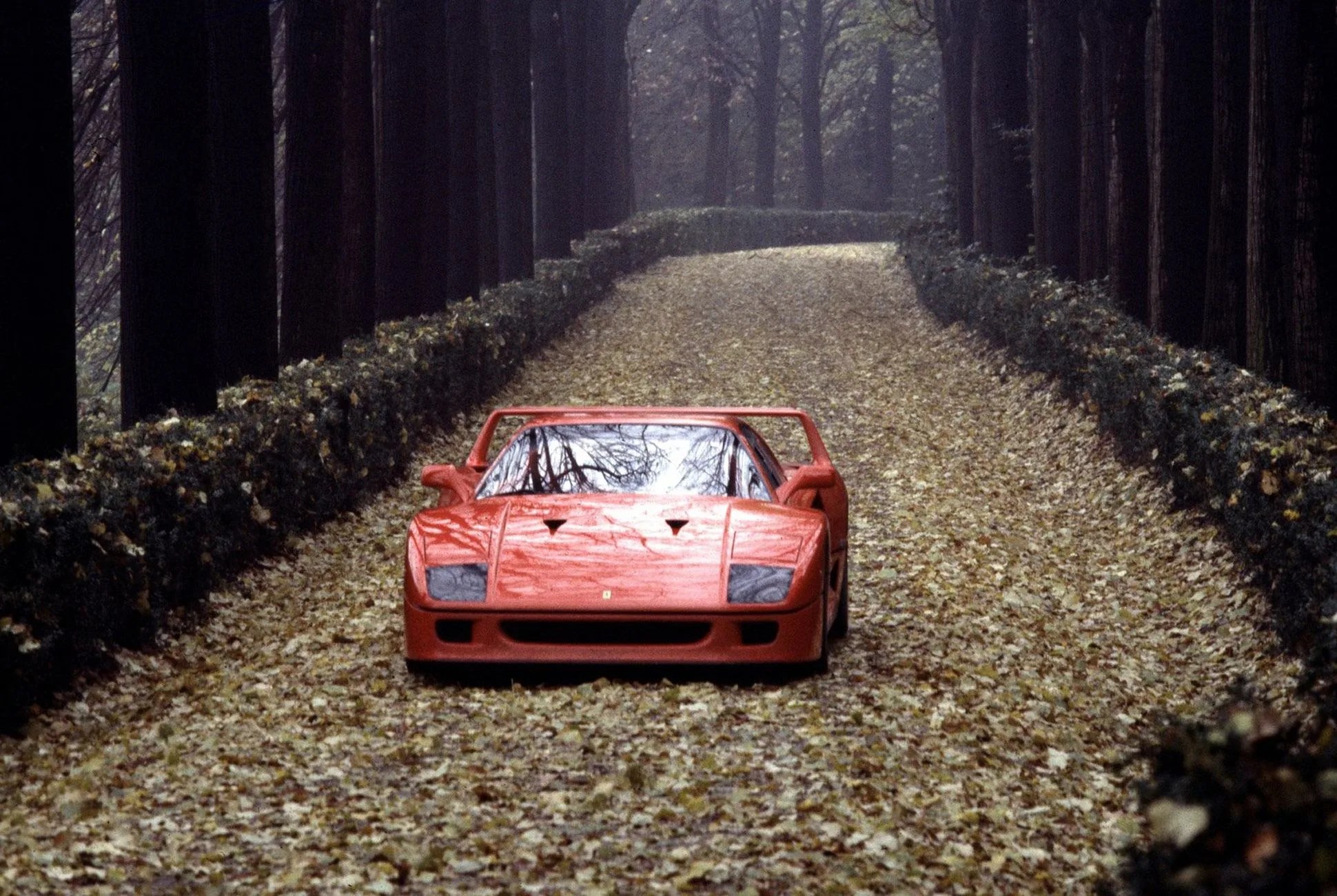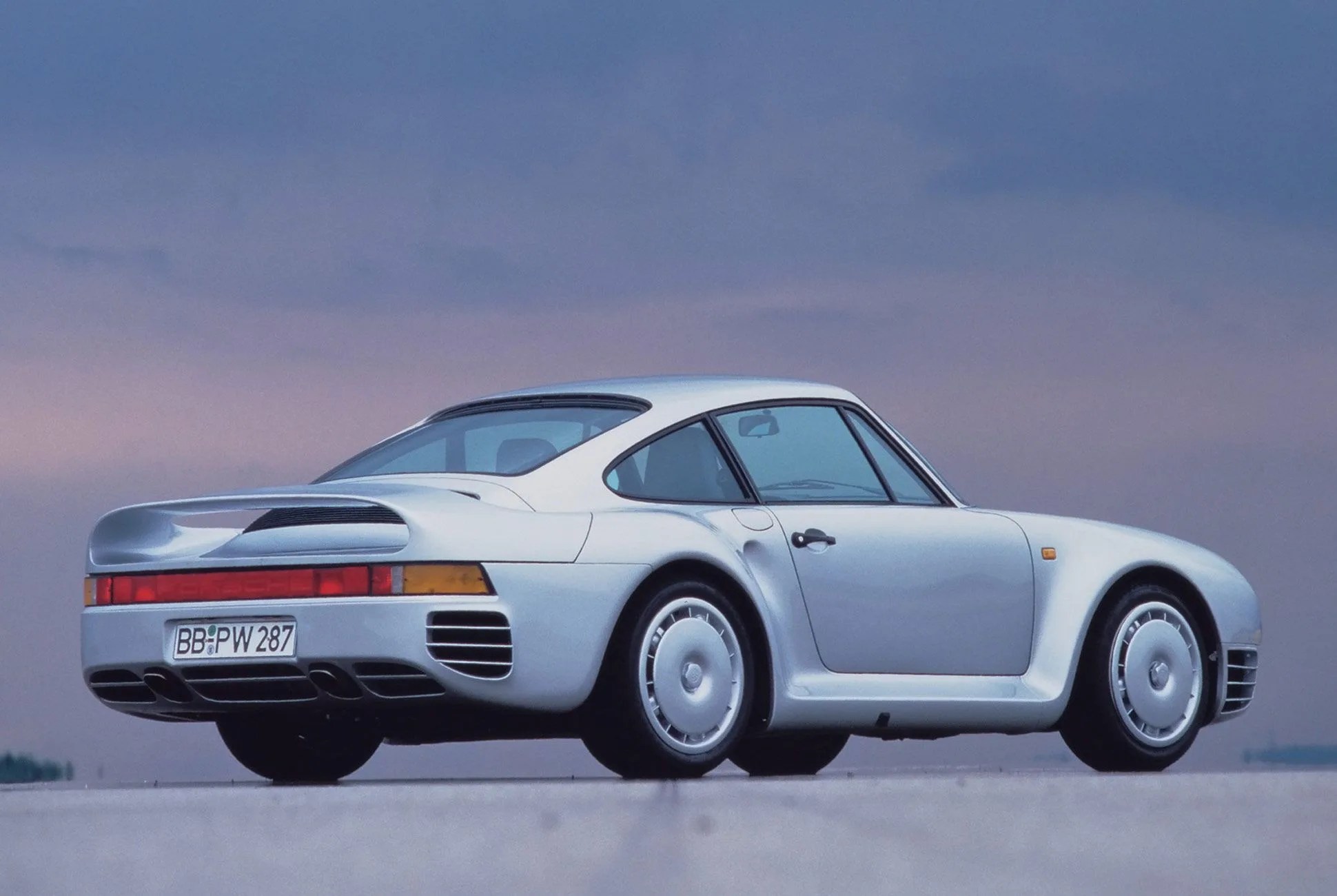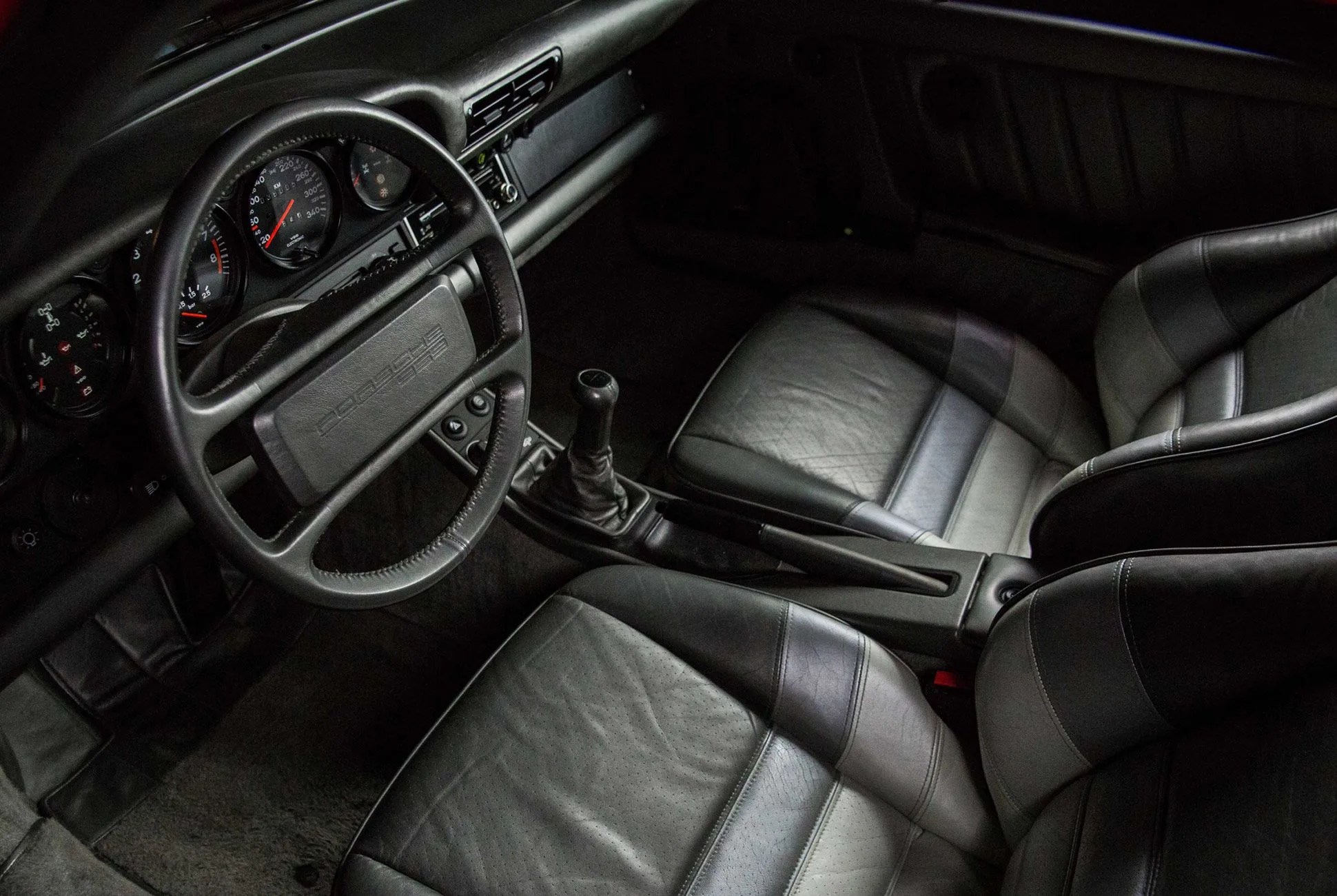Editor’s Note: Are we at “peak supercar?” Leading industry voices think so. If the current Holy Trinity — Ferrari LaFerrari, McLaren P1, and Porsche 918 — are indeed the peak, it’s time to look back down at base camp, and see how far we’ve come. This limited series will take a brief look at the supercars that defined each era, one decade at a time, beginning with the birth of the supercar in the ’50s.
In the ’80s, the supercar was at a genealogical turning point. It left the global energy crisis in its wake and gracefully sidestepped the “malaise era.” This turning point is exemplified by the two most iconic supercars of the decade: The Ferrari F40 and Porsche 959.
In one corner, extreme Italian design, still very much of its time with its sharp edges and wedge-like silhouette, encompassing brutal power and raw mechanical simplicity. Opposite that, smooth curves and soft edges showcased the most technologically advanced car of its time — and what would become known as the first modern supercar, truly signaling a changing of the guard from decade to decade. These two couldn’t have been more extreme polar opposites and more perfectly matched at the same time, while simultaneously representing the threshold of a new era of the supercar.
1987 Ferrari F40
10 photos
In the ’80s, Enzo Ferrari wanted to enter the insane world of Group B Rally racing, so he started to work on the 288 GTO. But by the time it was completed, the FIA had disbanded Group B racing for being entirely too dangerous. And while the 288 GTO made it to production for consumers, it was never raced as intended. Ferrari knew he was on his way out and still wanted to build one last no-holds-barred car with pure performance and no distractions or luxuries. The F40 is to this day known as one of the best-handling cars on the road.
Engine: 2.9-liter twin-turbo V8
Horsepower: 478
Top Speed: 199 mph
Original MSRP: $400,000
Current Estimated Value: $989,700+
Notable Owners: Jay Kay, Rod Stewart, Eric Clapton

